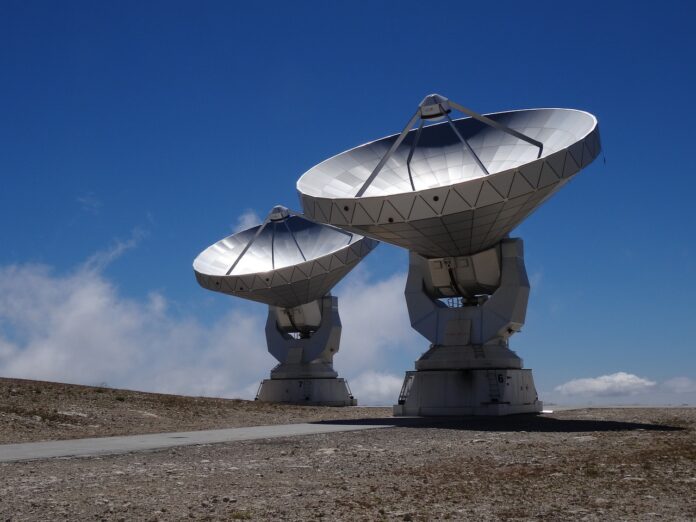Telescopes have been instrumental in advancing our understanding of the universe. From their humble beginnings to the sophisticated instruments of today, telescopes have opened our eyes to the cosmos. Here are some fascinating facts about telescopes and their contributions to science.
Interesting Facts About Telescopes
- Hubble Space Telescope: The Hubble Space Telescope is the most productive scientific instrument ever created. On Earth, it weighs over 11 tons and is comparable in size to a school bus. Because it is located in low Earth orbit, it can take measurements in ranges that do not pass through Earth’s atmosphere, such as the infrared range.
- Next-Generation Telescopes: The new generation of telescopes is so large that they need to be folded like origami to fit into a rocket with a width of 5.4 meters.
- Remote Observations: Most modern astronomers use computers to remotely control telescopes and rarely look through the eyepieces themselves.
- Hubble’s Dual Purpose: Few people know that the Hubble Space Telescope is actually a reconnaissance tool for aerial photography. However, its camera is aimed straight into space instead of Earth.
- Seeing the Distant Past: The telescope can see space up to 13 billion light-years away, which scientists believe is the age of the universe. This distant view is akin to looking back in time.
- High Altitude Advantage: The higher the telescope, the fewer the disturbances and the clearer the image. Hence, the largest scientific telescopes are built on mountains or sent to low Earth orbit.
- Exclusive Research Use: For a year, only the author of the research can use the instrument, after which it becomes available for public use.
- Gyroscopic Stabilization: Initially, six gyroscopes were used to stabilize the telescope in space, but three of them failed. Replacing them is impossible, but two are sufficient for 100% efficiency.
- Gold-Coated Mirrors: Eighteen hexagonal mirrors (with a total diameter of 6.5 meters) of a telescope are coated with a layer of gold to optimize their infrared reflectivity.
- Origin of ‘Telescope’: The word “telescope” comes from the ancient Greek words “tele” (meaning “far”) and “skopeo” (meaning “to look or see”). This concept was introduced by the Greek mathematician Ioannis Demisianos.
- Very Large Telescope: The Very Large Telescope at the Paranal Observatory in Chile has a diameter of 8.2 meters and is the first telescope to capture images of planets outside our Solar System.
- James Webb Space Telescope: The James Webb Space Telescope is the world’s largest orbital infrared observatory, succeeding the Hubble Space Telescope.
- Pre-Telescope Astronomy: Before the invention of the telescope, early astronomers used various instruments to study the stars, including the astrolabe, mural quadrants, and armillary spheres.
- Early Telescope Uses: Early telescopes were purchased by merchants and the military. They used them to see approaching ships and to gain an advantage over their opponents.
- Specialized Detectors: Telescopes are also known as neutrino detectors and gravitational wave detectors in specific circles.
- Scientific Output: The data from the telescope has resulted in the publication of 15,000 scientific papers.
